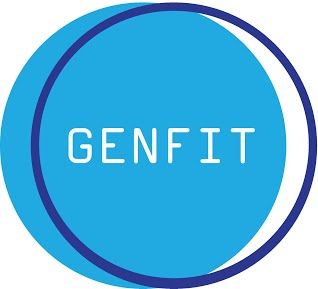Software

ATSAS
ATSAS is a program suite for small-angle scattering data analysis from biological macromolecules. It includes multiplatform data manipulation and displays tools, programs for automated data processing and calculation of overall parameters, usage of high- and low-resolution models from other structural methods, algorithms to build three-dimensional models from weakly interacting oligomeric systems and complexes, and enhanced tools to analyse data from mixtures and flexible systems.
dahu
Data Analysis RPC server over Tango Dahu is a lightweight plugin based framework... ... technically a JSON-RPC server over Tango * plugin can be class or can be generated from state-less function * a plugin is executed within a job, each job lives in its own thread. * plugins have empty constructors plus 4 methods (or more) - setup allows to set the input parameters. It performs sanitization if needed - process does the taff - teardown sets the output and the logging and cleans up if needed - abort can be used to stop the processing if a plugin is a daemon. * the job is responsible for serializing on disk the plugin input and output * jobs can be launched using the tango interface (or other ...) * plugins have a single input and output, they are simple JSON-serializable dictionaries.

FIT2D
FIT2D is a general purpose 1 and 2 dimensional data analysis program. It is used for both interactive and "batch" data processing, and is used for different purposes. Calibration and correction of detector distortions is one of the main uses of FIT2D. Difficult data analysis problems may be tackled using fitting of user specified models. To enable model fitting to be performed on a wide variety of input data, many other more basic data analysis operations are also available. A wide variety of performant graphical display methods are available.

GENFIT (and SASMOL)
GENFIT is a software tool for analysing small-angle scattering (SAS) data from X-ray (SAXS) or neutron (SANS) experiments. It reads in a set of one-dimensional scattering curves and fits them using different kinds of models. SAS curves calculated from a model can be smeared to allow for the instrumental resolution. The user can fit the experimental data selecting one or more models from a list including more than 30 models, starting from simple asymptotic behaviours (Guinier's law, Porod's law, etc.) down to complete atomic structures. Some models, which are defined in terms of both form and structure factors, take into account the interactions between particles in solution. GENFIT is able to simultaneously fit more SAS curves via a unique model or a mixture of models. In the latter case, some specific model parameters can be shared by any selection of the experimental curves. Model parameters can be related to the experimental chemical-physical conditions (temperature, pressure, concentration, pH, etc.) by means of link functions, which can be freely defined by the user. On the other hand, GENFIT can be used to generate theoretical SAS curves from a given model and/or from the knowledge of the species in solution. It can hence be a useful instrument to find the optimum experimental conditions for a planned SAS experiment. GENFIT is written in Fortran. Versions 2.0 and higher make use of a graphical user interface (GUI) to manage input files and execute the calculations.
PyFAI
pyFAI is an azimuthal integration library that tries to be fast (as fast as C and even more using OpenCL and GPU). It is based on histogramming of the 2theta/Q positions of each (center of) pixel weighted by the intensity of each pixel, but parallel version uses a SparseMatrix-DenseVector multiplication
SASfit
SASfit has been written for analyzing and plotting small angle scattering data. It can calculate integral structural parameters like radius of gyration, scattering invariant, Porod constant. Furthermore it can fit size distributions together with several form factors including different structure factors. Additionally an algorithm has been implemented, which allows to simultaneously fit several scattering curves with a common set of (global) parameters. This last option is especially important in contrast variation experiments or measurements with polarised neutrons. The global fit helps to determine fit parameters unambiguously which by analyzing a single curve would be otherwise strongly correlated.
SAXSutilities
Matlab based graphical user interfaces for the online processing and analysis of Small Angle X-ray Scattering data. In particular: -online treatment and fitting of SAXS data -averaging, background subtraction, normalization of ASCII data, etc. -processing of 2D SAXS images -averaging, subtraction, etc. of EDF images
- ← Previous
- 1
- Next →

